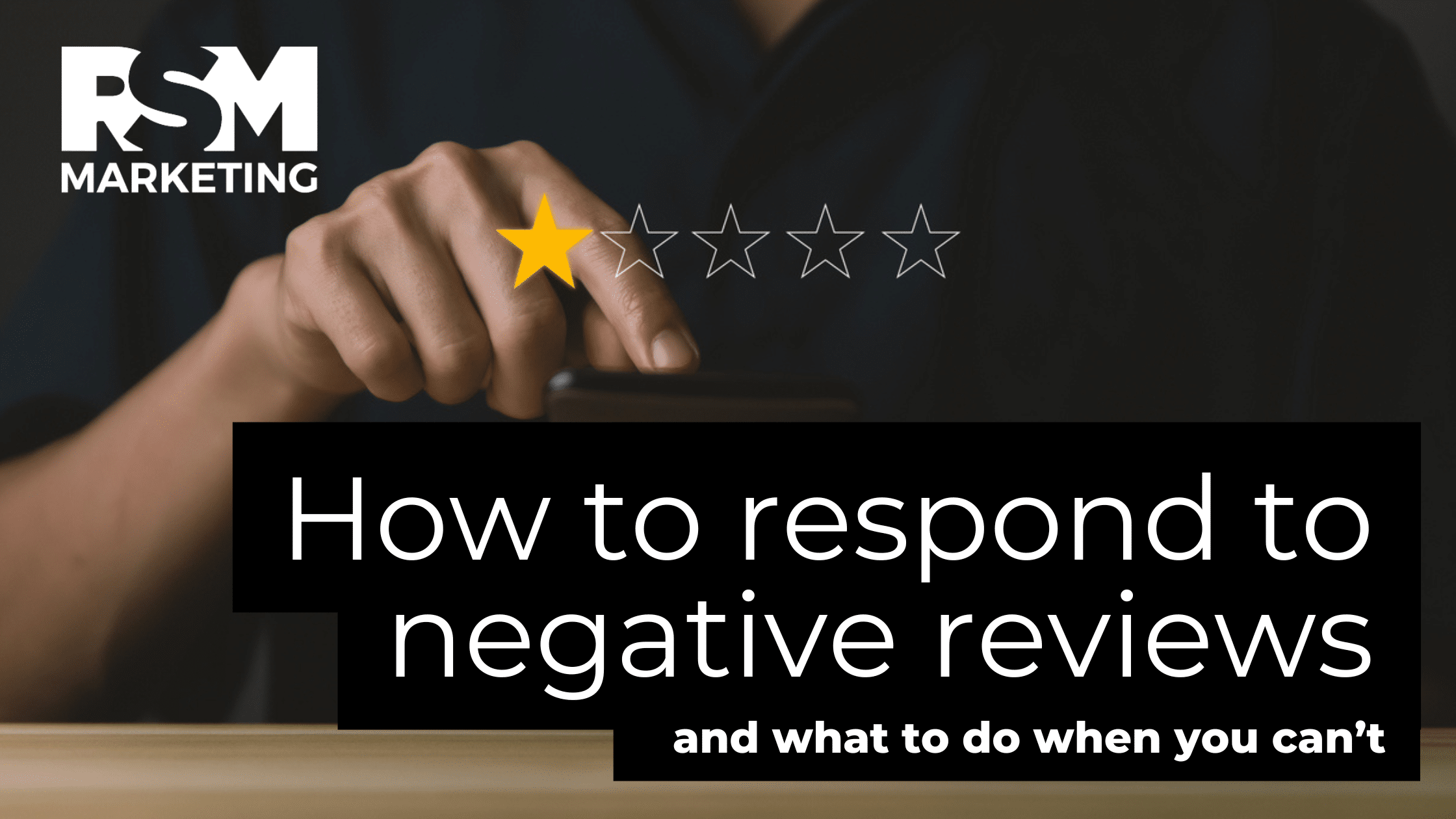Do you ever read things about your industry and think, “Why didn’t I think of writing that?” Even if someone else beat you to the punch on a given topic, you can still (ethically) turn someone else’s work into content for your own blog. This tactic is called content curation, and you probably do it more often than you think.
Why Curate Content?
As I mentioned above, content curation happens more often than you realize. You could argue that content curation is the lifeblood of social media and most of the internet anymore. Think of any time you’ve encountered an article, tutorial, video, or infographic and shared it on your Facebook page, tweeted it, or pinned it to a board on Pinterest.
For whatever reason, this piece of content provided you with value, so you collected it and saved it to your platform of choice. This not only lent credence to your personal values but provided value to the people who follow you (or so you hoped). This is content curation, plain and simple. Any time you share someone else’s content, whatever it may be, you’re performing on act of curation.
Curating content for your blog accomplishes a few things:
#1. It gives you a starting point for your own content
Found an article that says something relevant about your industry? Use it as inspiration for your own blog post on the same topic with your unique point of view or experience. This means you could disagree with it, too!
#2. It shows you appreciate other peoples’ work
Sharing someone else’s content is the greatest compliment you can give to the person who created it. You’ve appreciated the work they’ve done and what they’ve contributed to the world, which can establish great rapport between you and that source.
#3. It backs up your point
The internet can be an abyss of misinformation and you should never perpetuate that. Using content curation responsibly (wherein you cite a credible source within your own work) backs up the claim you’re making and establishes trust between you and your reader: they come to you looking for answers and you give them legitimate ones rooted in fact, rather than conjecture.
#4. You’re generous with your SEO power
If you’ve mentioned someone else’s work with an outbound link to the source, you’re giving that person a generous jolt of SEO power. This also piggybacks upon point #2: If you’re looking to establish relationships between yourself and other content creators, giving them that boost of SEO can endear yourself to them. Even if they don’t return the favor, it’s still good karma.
How to Curate Content on Your Blog
Once you’ve encountered something that inspires you or speaks to you, decide how it fits into your own brand. Does the writer make an excellent point? Weave it into your argument. Maybe the author is dead wrong. Use it as a chance to dispel misconceptions or make a counterargument. You could pull a single quote, reference a study, make a video parody or turn a listicle into an infographic. Whatever it is that inspires you, just be sure to mention the source if you’re directly referencing the content and provide a relevant link to it.
Coming up with blog post ideas over and over and over again is exhausting. Content curation can make that process easier, more manageable, and less stressful. Keep an eye out for content that inspires you and start curating!





